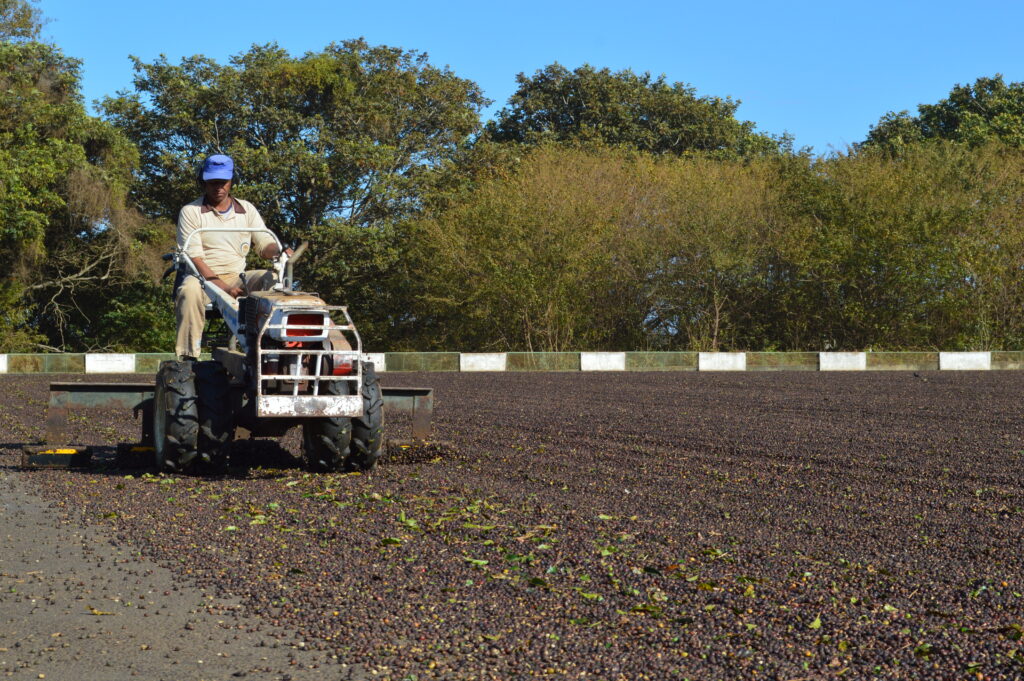The HACCP system (“Hazard Analysis and Critical Control Point,” also known as APPCC in Portuguese) is a structured approach developed to ensure food safety hygienically and efficiently. Originally created in the 1960s by NASA in collaboration with the Pillsbury Company, its primary goal was to guarantee the safety of food consumed during space missions.
Today, HACCP is widely applied across various sectors of the food industry, serving as a crucial tool to prevent risks and protect consumer health.

This principle involves identifying potential biological, chemical, and physical hazards that could compromise the safety of the product throughout production or via cross-contamination.
Example: In a meat processing line, the presence of pathogens like Salmonella must be identified and controlled.
Once hazards are identified, it’s essential to determine Critical Control Points—specific stages in the process where control is crucial to prevent, eliminate, or reduce a hazard to acceptable levels.
Example: Pasteurization in a dairy facility is a classic CCP, as the temperature must be carefully controlled to eliminate harmful microorganisms.
Each CCP must have clearly defined critical limits—parameters that separate safe from unsafe operations.
Example: The critical limit for milk pasteurization might be a minimum temperature of 72°C (161°F) for 15 seconds.
Monitoring CCPs is essential to ensure that critical limits are maintained. This can be done using measurement instruments like temperature sensors or real-time visual inspections.
Timely detection of deviations allows for immediate corrective actions.
When monitoring reveals that a critical limit has been exceeded, prompt corrective actions are necessary.
Example: If pasteurization temperatures fall below the critical limit, the affected batch of milk must be reprocessed or discarded to ensure consumer safety.
Verification ensures that the HACCP system functions as planned. This includes regular audits, equipment calibration, additional testing, and record reviews.
Maintaining detailed records of all stages of the system is vital for demonstrating compliance with regulations and facilitating audits. These records also serve as evidence of the company’s commitment to food safety.

HACCP is not just a regulatory requirement in many countries; it’s also a competitive advantage. Companies implementing this system gain greater consumer trust, reduce the risk of recalls, and enhance their market reputation.
Adopting HACCP is a critical step for any organization aiming to deliver safe, high-quality products while adhering to international food safety standards.